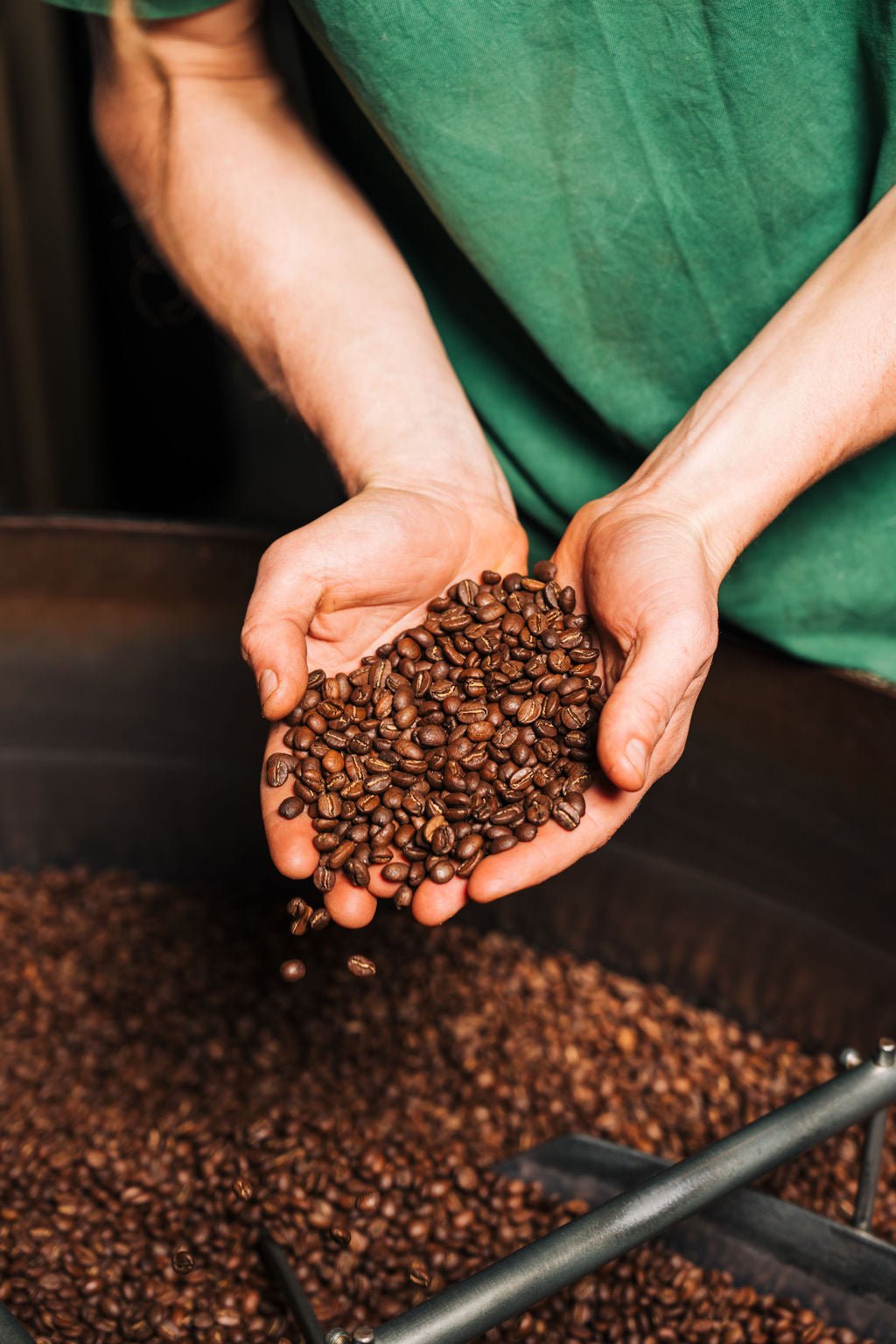What Is the Difference Between Single Origin and Blended Coffee?
The difference between single origin coffee and blended coffee not only lies in the taste but in the very essence of the beans themselves.
From the unique terroir of single origin beans to the artistry of blending, each cup holds a tale worth exploring.

Single Origin Coffee Beans
Different regions around the world, such as Ethiopia, Colombia, and Brazil, offer unique flavours and profiles to the coffee beans they produce. A region imparts distinct characteristics on the beans, for example, Ethiopian coffee is known for its floral and fruity notes, while Colombian coffee tends to be well-balanced with a mild acidity. Understanding where your coffee beans come from can give you insight into what to expect in terms of taste and aroma.
Furthermore, a region's climate, soil, altitude, and processing methods all play a role in shaping the final flavour of the coffee beans.
Coffee Blending Techniques and Considerations
Blending coffee is a learned art that involves carefully selecting beans from different regions and skilfully combining them to create a harmonious flavour profile. Blenders often aim to achieve a balanced cup that highlights the best characteristics of each bean while masking any undesirable traits. They consider factors like bean origin, processing method, roast level, and flavour notes to craft a well-rounded blend.
Some blending techniques include creating consistent flavour profiles by using the same beans year-round or experimenting with seasonal variations to offer unique experiences. Roasters may also blend different roast levels to add complexity to the final cup. Ultimately, the goal of blending is to create a coffee that's greater than the sum of its parts, satisfying a wide range of palates.
Flavour Profiles and Characteristics
As mentioned earlier, single origin coffees tend to exhibit distinct flavours specific to the region where they were grown, from fruity and floral to chocolatey and nutty undertones.
In contrast, blended coffees combine beans from different regions to create a balanced and complex flavour profile. Blends can offer a harmonious mix of acidity, body, and sweetness tailored to a specific taste preference.
Read more on: The Science of Coffee Roasting: An In-depth Look
Sourcing and Sustainability Practices
When it comes to single origin coffee, the beans are sourced from a specific region or farm, allowing for traceability and a connection to the coffee's origin. This transparency often leads to better sustainability practices, fairer wages for farmers, and support for local communities.
Blended coffee involves combining beans from various regions, which can make it challenging to ensure the same level of traceability and sustainability.
Single origin coffee often comes at a higher price tag due to its limited availability and demand, quality control, and more ethical sourcing practices. Since they come from a specific region or farm, the production cost is usually higher.
Consumer Preferences and Recommendations
When choosing between single origin and blend coffees, it ultimately comes down to taste preferences and desired flavour profile. If you enjoy exploring the unique flavour profiles and characteristics of a specific region's coffee beans, single origin coffees are likely the choice for you.
On the other hand, if you prefer a more balanced and consistent taste profile that combines various beans to create a harmonious blend, then blended coffees could be the better choice. Blends often aim to achieve a specific flavour profile that appeals to a broader audience, offering a familiar and comforting taste with each cup.
Shop our range of coffees at Margaret River Roasting Co, from single-origin, blend, decaf and organic varieties, all sourced from the best coffee plantations in Australia and around the world.

